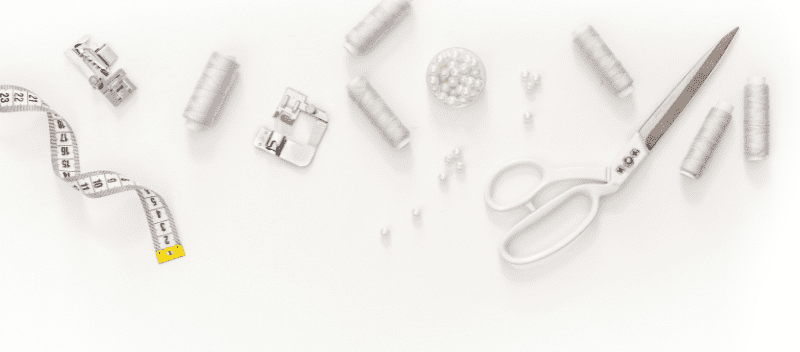Suggestions for successfully completing custom designs
Turning a hobby into a full-time profession is a dream shared by many crafters and artists. But, creating and growing a brand is challenging. Artists need products that appeal to a broad audience and will sell well on a regular and consistent basis. Herein lies the challenge. It isn’t easy and requires a lot of hard work, targeted marketing, and a bit of luck. So, what happens when a customer places an order for a custom order? Do you do a happy dance? Do you panic? Do you secretly say “this is fantastic! People really like my work!” Or, do you say “oh no! what do I do?” Whatever your response may be, it’s important to recognize that your new design must meet the specific request of the customer. Why? Because commissioned pieces are not made in the same manner as stock designs. Custom work is challenging but can also be a great source of income and a way to expand your business.
So, how do you turn a custom order into a successful, business building transaction? While there is no one perfect formula, here are a few tips:
- Listen carefully to your customer and make sure you work out as many details in advance as possible
It is extremely important to clarify all the details before starting any custom project. The best way to do this, is to schedule a consultation with your customer. It’s great to begin by discussing which item(s) the customer wants to order. How many items are needed? What are the preferred colors or materials? Is there a special request? Are there any colors or items that the customer does not want included in this job? Small details have a tendency to become big issues later on if a customer doesn’t “love” the product. Offer to provide sketches and or color swatches to avoid potential problems and misunderstandings. This is a great way to help a customer see what you will create and get feedback. Maybe your customer wants to change a color? Maybe they want to change the orientation of an element? Seeing a mock up, is a great visual tool. Once the details are defined, write everything down and review the business aspect of the job. What is the price? Do you want a deposit? How long will it take you to complete? How can you contact the customer? Don’t be afraid to ask questions and ask the customer if he or she has any questions for you before starting.
- Work with your customer
Maybe this scenario sounds similar: A customer contacts you claiming to “love” your work and needs you to transform their concept into a reality with a few minor changes. Translation: They liked an element of your design, but not the entire piece. Don’t interpret this as a criticism or attack on your work. Instead, see it as an opportunity to gain a customer and broaden your selections! Ask the customer specific questions and determine what elements spoke to them. Maybe they liked the design but wanted a different color; perhaps they liked the text but didn’t like the font; or, maybe they just want a different size. Whatever the case may be, be professional and respectful. If you are not able to create a piece in a custom color or manner, be honest with the client. Do not make a substitution without asking the customer first. Remember, commissioned designs require a client’s final approval and it is best to err on the side of caution when issues arise.
- Work within the customer’s budget
I often begin consultations with a new customer by asking focused questions. What would you like me to create? What are the details? How many do you need? Do you have any special requests? What is your budget? Once I have as many details as possible, I work up pricing and review the job costs with my customer. Sometimes, a customer doesn’t realize the costs associated with custom work. It is then, that I will carefully review the project and offer suggestions or options that may align better with the proposed budget. In most cases, a client will select a similar option to meet the budget. However, there have been a few instances when no option offered was accepted. If budget restrictions prevent you from accepting a job, then it is best to decline the job with grace and professionalism. It is extremely unprofessional to attack a customer or to belittle someone. It’s also a quick way to drive away customers and develop an unprofessional reputation.
- Deliver the job on time. If you can’t deliver, don’t accept.
Sometimes, emergencies arise or things happen that delay delivery. It is extremely important to notify a customer immediately if you encounter something that may delay the job. If a necessary component is on back order, offer alternatives. This can be extremely important if an item is needed by a specific date. If you are ill or are caring for a sick family member, speak up. Options include offering a refund, hiring another crafter to complete the job, or asking the customer for a later delivery date. Ultimately, this decision should be left to the customer.
- Remember: this is a JOB.
Someone is paying for your goods or services. Set a high standard for your business and treat it with respect and professionalism. It is never wise to attack or belittle a customer, even if they are upset with you. Instead, listen to the customer, address his or her concerns/complaints and work to resolve the issues in a satisfactory manner.
CHRISTINE WARREN
Sewing isn’t just my job, it’s my passion. I’ve enjoyed sewing and needle working since I was very young.















